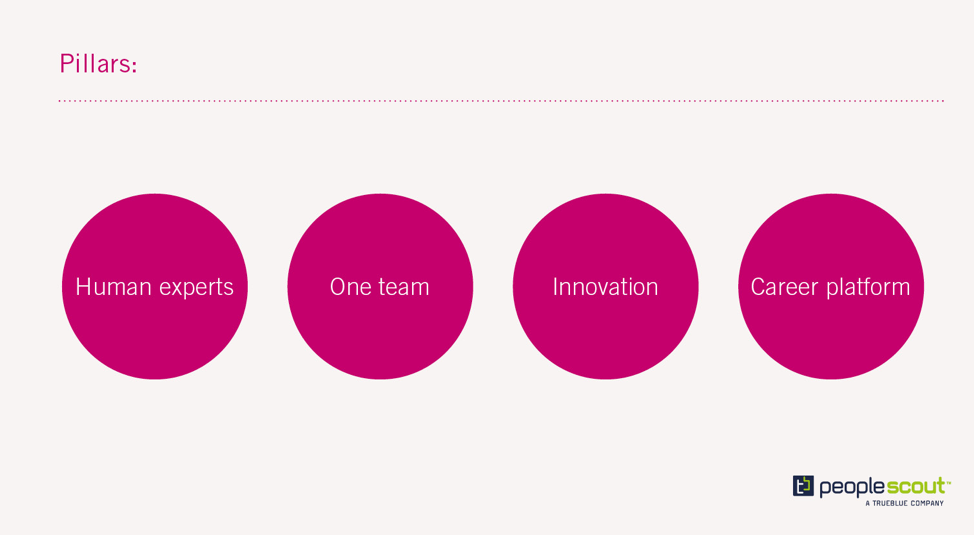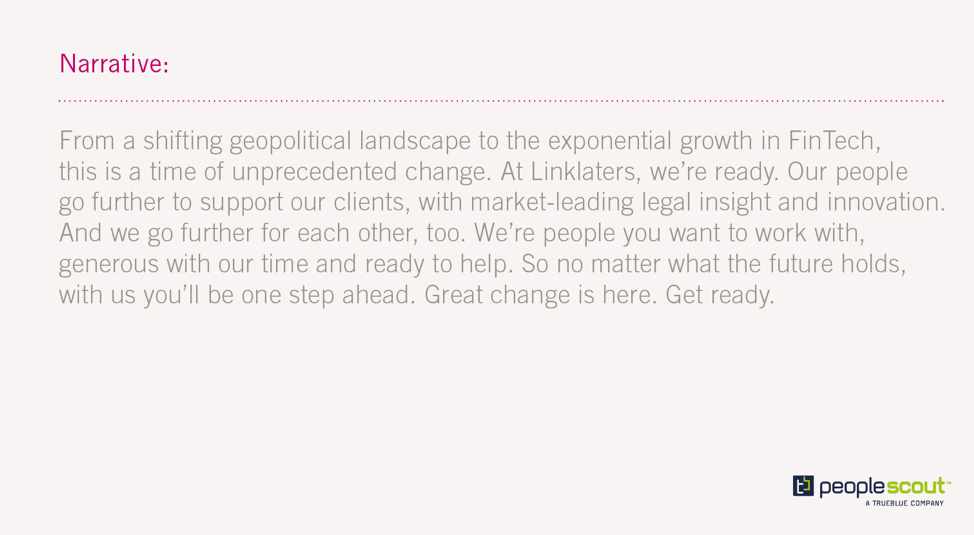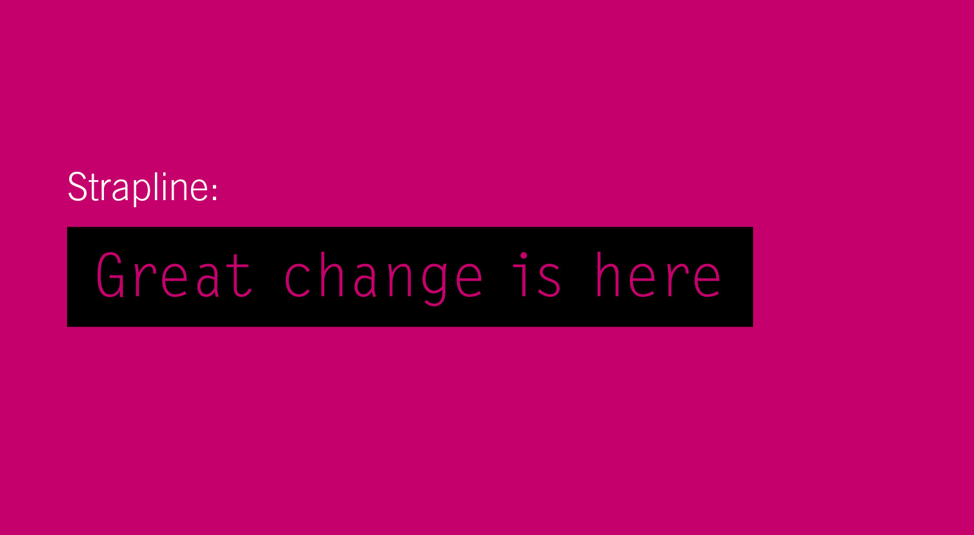Employee retention is a major concern for many organizations. More than 50 percent of organizations worldwide have expressed difficulty in retaining some of their most valued employee groups according to a Willis Towers Watson study.
Although hiring has increased in recent years, turnover and attrition rates have also increased globally across all industries by more than 3 percent since 2013.
Turnover is not just an inconvenience for organizations, it can be expensive. Research from the Work Institute’s 2017 Retention Report uncovered that it currently costs 33 percent of a worker’s annual salary to replace them, with the major costs being recruiting a replacement, reduced productivity, cost of onboarding a new hire and training expenses.
This means for mid- to enterprise-sized employers, turnover can cost hundreds of thousands to millions of dollars a year. With turnover costs this high, it is important for organizations to improve employee retention.
Employee Retention: Employee Turnover and What To Do About It
The strong economy and historically low unemployment rates have made workers more confident, and as a result, they are more comfortable exploring the job market.
In the U.S., the unemployment rate reached 3.7 percent in October. Low unemployment is not confined to the U.S. The unemployment rate has also dropped to 4 percent in the UK and 5.3 percent in Australia.
In LinkedIn’s Why and How People Change Jobs study, the top three reasons employees leave a position are to advance their careers, dissatisfaction with their workplace culture and dissatisfaction with management.
Moreover, the study found that once employees resigned, 42 percent said they might have stayed if their employer had done something to show they valued the employee.
Below, we address some of the main causes of employee turnover and provide insights into how to improve employee retention.
Create a Positive Workplace Culture
Stressful, negative and inhospitable workplaces are a recipe for high employee turnover. Research bears this out, as the American Institute of Stress reports that workplace stress can lead to an increase of nearly 50 percent in voluntary employee turnover.
How we feel about our work often depends on the relationships we have with coworkers, managers and the overall company culture. According to a study conducted by the University of Michigan, there are six essential qualities of a positive workplace culture:
- Caring for, being interested in and maintaining responsibility for colleagues as friends.
- Providing support for one another, including offering kindness and compassion when others are struggling.
- Avoiding blame and forgiving mistakes.
- Inspiring one another at work.
- Emphasizing the meaningfulness of the work.
- Treating one another with respect, gratitude, trust and integrity.
As an organization, you should work to foster these qualities in your workplace. The University of Michigan research points to two key strategies:
Encourage Trusting Safe Relationships
Employees who trust that their coworkers and managers have their best interests at heart feel safe, as research by Amy Edmondson of Harvard demonstrates. Workplace cultures where leaders are inclusive, humble and encourage their staff to communicate and ask for help lead to better learning and performance outcomes for all employees.
Be Empathic
A brain-imaging study found that when employees recollected instances when a manager had been harsh or lacked empathy, they showed increased activation in areas of the brain associated with avoidance and negative emotion, while the opposite was true when they recalled an empathic manager.
Moreover, Jane Dutton and her team at the CompassionLab suggest that leaders who demonstrate compassion toward employees foster individual and collective resilience in challenging times. Thus, creating a workplace environment more conducive for overcoming challenges and obstacles.
Key Action:
Develop a workplace environment that meets employee needs whenever possible to drive positive organizational outcomes and increase employee retention.
Professional Development
In an article published by HR Dive, Laurie Bienstock of Willis Tower Watson states that “We know from our research and consulting that career management continues to be a top driver of attraction, talent retention and sustainable engagement for most employees…Effective career management at many organizations remains elusive. That’s one of the main reasons so many of today’s employees feel they need to leave to advance their careers.”
Well-thought-out professional development programs can provide your employees with opportunities and clear direction on how to increase their skills and advance their careers within your organization.
With an expanded skill set, not only will employees feel more empowered, they will also have more tools to help your organization. A win-win for your organization and staff.
When starting a professional development program, you can leverage the expertise you have within your organization. Senior employees, for example, can serve as mentors and help mentees sharpen both their soft skills and technical skills, gain practical knowledge, institutional insights and hands-on guidance, and can help mentees become more valuable and versatile employees.
At PeopleScout, for example, we sponsor a program where employees are paired with mentors at different levels within the organization to provide mentorship and career guidance. During the first three cycles of our program, 10 percent of participants received promotions after completing the program.
Key Action:
Invest in your employees’ career development and tie their career success to the success of your organization.
Management and Leadership
It’s often stated that “employees don’t leave organizations, they leave managers.” This is not a mere business platitude, there is evidence to back it up.
In a study conducted by Gallup, 50 percent of employees said they left a job “to get away from their manager to improve their overall life at some point in their career.”
What’s more, according to an article by SHRM, “Employees who trust their managers appear to have more pride in the organization and are more likely to feel they are applying their individual talents for their own success and that of the organization.”
To curb employee turnover that stems from mismanagement, organizations should train managers on how to constructively engage, develop and motivate their teams to improve employee retention.
One challenge managers may face lies in the fact that what motivates employees is often unique to the individual. To uncover the diverse factors that drive their team members, emotional intelligence is required.
Training support for managers should involve teaching them how to build better relationships, communicate more effectively, notice the early signs of employee burnout, delegate work and shift their mindset from being “the boss” to becoming a leader who empowers their team for success.
Moreover, managers should not have to wait for HR to step in with talent retention initiatives. Instead, managers should feel empowered to provide incentives and rewards, as well as the ability to develop their staff and offer meaningful opportunities to their team.
Managers should also be aware that meaningful recognition and praise can be powerful. Employee awards, recognition programs and praise might be the single most cost-effective way to maintain a happy, productive workforce.
Managers can send positive emails at the completion of a project or monthly memos outlining the achievements of their team, and organizations can develop peer-recognition programs to provide positive feedback to individuals as well as their teams as a whole.
What’s more, organizations can create formal employee recognition programs. These programs let employees know that their work is valued and provides employees with a sense of ownership and belonging within their organization.
Creating a culture of recognition is something any organization can do to improve their employee retention. The key to success is identifying how your employees like to be recognized and then finding ways to show recognition in their preferred method consistently over time.
While recognition programs can help improve employee retention, you still need to make sure managers are provided with coaching and training programs as well as supplied with the resources they need to become more empowered.
Key Action:
Enable employees to have positive social interactions with leadership and a rewarding work environment to increase satisfaction with their role in the organization.
Using Predictive Analytics to Track Turnover
Today, organizations are more data-driven, using AI and predictive analytics to better analyze data and drive business decisions. Predictive analytics can be leveraged by organizations to monitor and manage employee turnover by identifying which employees are at risk of leaving the organization.
Organizations should build their predictive models based on employee data tracked and stored in their HRIS or ATS. This historical data contains a wealth of information relevant to predicting employee turnover. Successfully leveraging predictive analytics to improve employee retention begins with the validity and quality of data fed into a predictive model.
Some of the most commonly used employee information for turnover-focused predictive modeling includes:
- Tenure or duration of employment
- Compensation level or ratio
- Date of, or time since, last promotion
- Percent of most recent pay raise
- Job performance score
- Commute distance
- Job satisfaction score
- Number of previous positions held
- Years with current manager
- Engagement score
These points of data can be analyzed to predict the likelihood and rate of turnover across roles within an organization.
For example, a PeopleScout client uses data and predictive models to assess turnover trends. The client uses employee demographic information such as age, tenure and their previous employer to predict when an employee might resign based on historical trends and patterns of similar employees.
Equipped with this data, the client is better positioned to prevent valuable employees from resigning by taking preemptive actions during periods or junctures where the employee is most likely to resign.
Leveraging Interviews to Improve Employee Retention
A key to improving employee retention is uncovering the unique issues your employees face day-to-day. Exit and stay interviews can give you a wide variety of perspectives from which to tackle issues that are driving employees away.
Exit Interviews
Exit interviews are designed to gather feedback from departing employees, and can provide an organization with insights that can be used to make current and future employees less likely to resign.
For example, if your exit interviews uncover that employees feel their duties didn’t match their original job expectations, consider changing your job descriptions and your onboarding sessions to better reflect the duties within a specific role.
What’s more, recruiters and talent acquisition stakeholders should be educated on the competencies and skills that are needed to be successful in a specific role and be able to communicate them effectively to candidates.
Tips for conducting effective exit interviews:
- Choose the Right Interviewer: When conducting an exit interview, the interviewer should be someone with little connection to the interviewee or someone they feel comfortable sharing their true feedback and concerns with.
- Ask the Right Questions: To get the most out of an exit interview, it is important to ask the right questions – e.g. what is the attraction of the new position?; how were relationships with colleagues?; was there an issue with benefits or compensation?; what could be done to make this company a better place to work?
- Analyze the Interviews: Make sure you analyze the results of each exit interview and aim to find any common issues that are causing your employees to leave.
Exit interviews shouldn’t be the only time you solicit feedback from employees. Rather, you should foster a culture of constructive feedback. Employee engagement surveys are a good way to take the pulse of employees throughout their tenure with your organization. That way, you’re more likely to get honest, constructive feedback from current employees, as well as when employees leave.
Key Action:
During an exit interview, ask about things like the quality of leadership, teamwork across and within departments, opportunities for advancement and internal policies.
Stay Interviews
In some ways stay interviews are similar to exit interviews. They are both used to identify reasons employees like or dislike their job and can uncover concerns or issues an employer may be unaware of.
However, stay interviews can be more valuable than exit interviews because they provide insights managers can leverage to motivate and retain employees before they make the decision to leave.
Questions to ask during a stay interview:
- What keeps you working here?
- What do you enjoy about your job?
- What would cause you to leave the company?
- What would you like to change about your job, team or department?
- If you could change one thing about the company what would it be?
- Have you ever thought about leaving the organization?
- What motivates you at work?
- Do you feel appreciated in your role?
- Where do you see yourself in five years?
After conducting a stay interview, be as transparent as possible with the interviewee about what you can or can’t do to remedy a particular issue.
Key Action:
Aim to conduct your stay interviews at least once per year to augment the more general information about team satisfaction obtained through engagement surveys. Schedule them separately from performance reviews so the goals of each meeting remain distinct.
The Gist:
Unmanaged employee turnover is costly and disruptive to organizations. Approaches to retaining top talent need go beyond compensation and benefits to include improving employee job satisfaction with meaningful engagement, organizational commitment to managing employees’ relationships with their managers and clearly communicating opportunities for growth and advancement with the organization.










